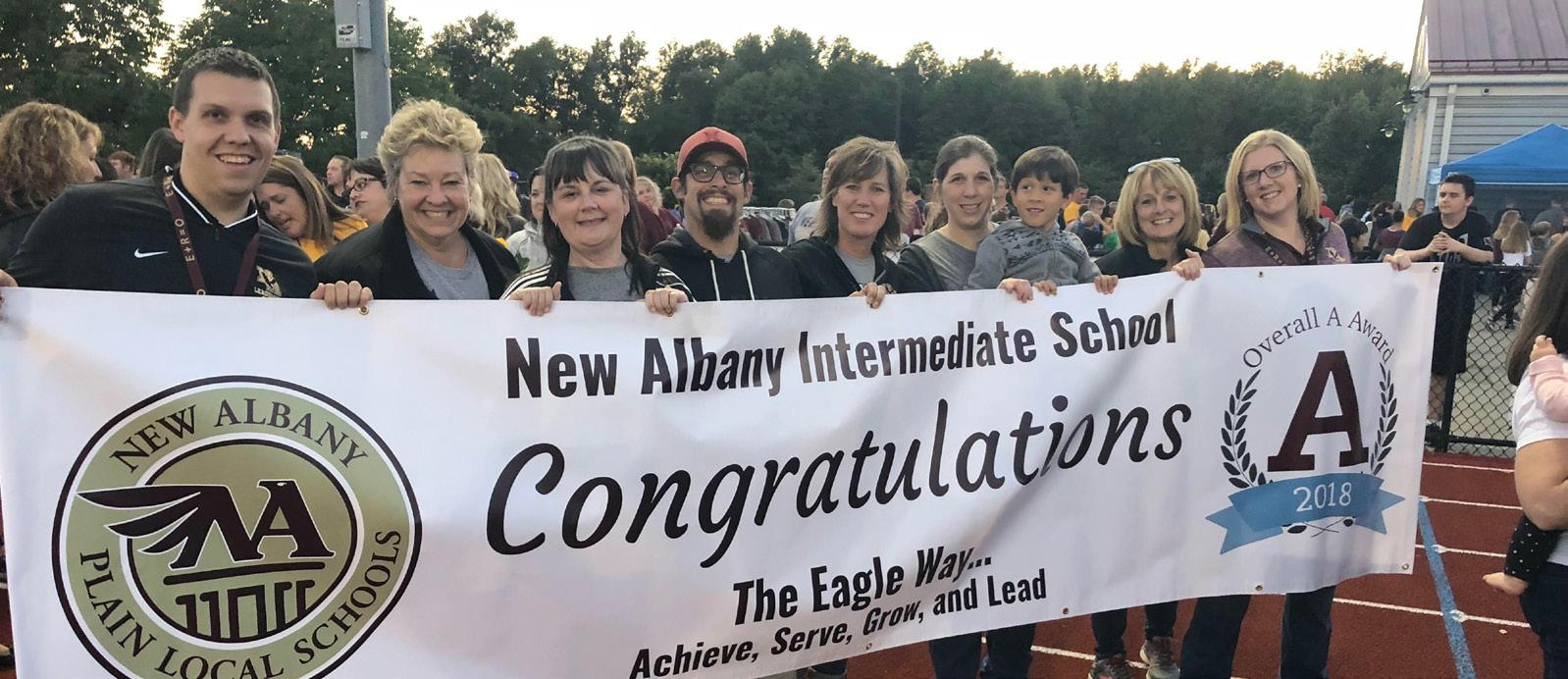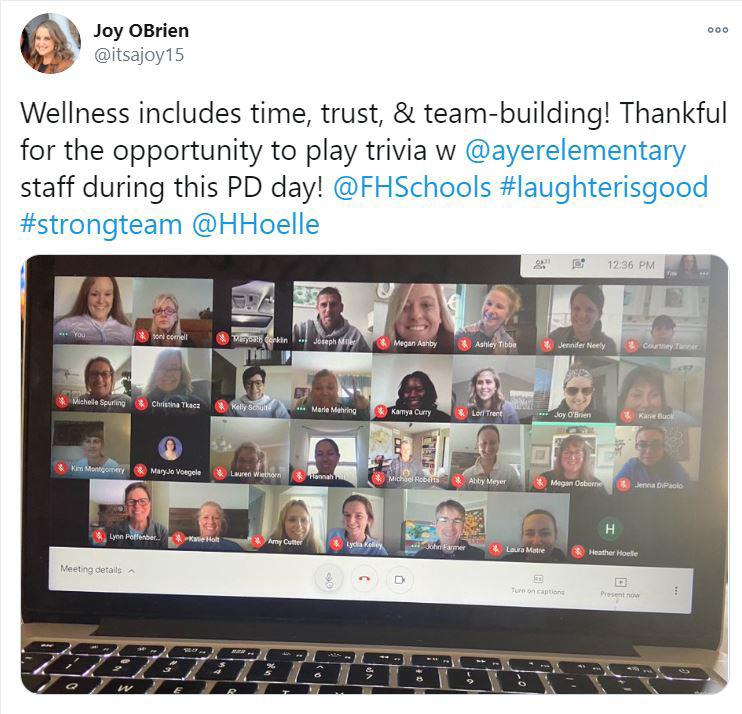
5 minute read
Legislative Update
Advocacy for Students Doesn’t Always Mean Lobbying
BY BARBARA SHANER
Advertisement
The theme for this issue of the Principal Navigator by itself lets the reader know that disparities already present within our state’s education system have been exacerbated by the coronavirus pandemic. Not only did inequities exist among our schools, other social and economic disadvantages among families also existed and they continue. These factors have a bearing on the success of students and the schools they attend; a reality that has become more apparent to the world outside the schoolhouse as a result of the pandemic.
As building principals, we trust that you are doing all within your power to close the gap between those students who have every education tool necessary to succeed and their not-so-fortunate peers. You’ve even helped the outside world understand this gap and you’ve highlighted some of the changes that are needed to help more students engage in learning. For this, Ohio should be thankful; your advocacy is starting to pay off.
Now that more light has been shed on the disparate education opportunities that exist among students, what is being done at the state level to solve the problem?
RemotEDx
The Ohio Department of Education (ODE) introduced RemotEDx to a subcommittee of the State Board of Education during its meeting in September. According to ODE, this newly formed exchange, network and suite of supports is designed to provide more students with high-quality, personalized remote education opportunities and serve more educators with job-embedded professional learning experiences.
RemotEDx includes an exchange where high-quality remote education initiatives share information about their models; a Network and Learning Academy enabling members to share best practices and lessons learned; Connectivity and Technology Champions focused on ensuring that schools and students have access to the internet and technology; and a Support Squad that is regionally deployed to provide schools with deep technical support and professional learning. Not all components are fully developed.
A Coordinating Council made up of a range of stakeholder representatives from across the state have come together to assist with working out the details of what will become part of RemotEDx and how it will operate. The possibilities for what can be done through this effort are open-ended. The following are some components of RemotEDx and related activities that have emerged to date.
Connectivity Champions
Because of the lack of access to internet connectivity that many students face, the RemotEDx program recognizes that the information parents need to get their students connected may be lacking. Also, there may not be an understanding of where to turn to find that information. A new approach was devised, and new positions created to help schools and parents with connectivity for students. The new positions are called Connectivity Champions.
According to a statement released October 17, 2020 a specific new component of the new RemotEDx initiative has been established. “Connectivity Champions provide all Ohio school districts, community schools and nonpublic schools with additional support to get their students connected to the internet from home. They collaborate closely with Information Technology Centers to help support students and their families with household connectivity to enable remote learning. Students or parents who are struggling with their home internet connection can get help from the Connectivity Champions.” Visit ohio-k12.help/remotedx/ for more information.
Broadband Connectivity
Governor DeWine’s administration requested and received approval from the state Controlling Board for $50 million in BroadbandOhio Connectivity Grants, allocated from the Federally issued Coronavirus
Relief Fund (CRF). The Connectivity funds were aimed at providing hotspots and internet-enabled devices to students. This was seen as a way to help close the gap for students whose families could not afford adequate internet service and/or appropriate devices.
However, these Connectivity Grants are not a perfect solution. First, applications for the grant funds far exceeded the $50 million appropriation. The total amount requested from districts was nearly $84 million, which means there is a much greater need than the grants will cover. Second, according to the Federal legislation, the funds need to be spent by December 30th of this year, eliminating the ability for districts to use the funds to help pay for students’ ongoing connectivity costs.
Collaborative Fund for Educating Remotely and Transforming Education
Philanthropy Ohio and the Ohio Department of Education recently launched this component of RemotEDx, calling it “the Collaborative Fund.” The Collaborative Fund is a publicprivate partnership aimed at providing supports for improved remote education practices and outcomes. A statement released on August 17, 2020 stated, “The Collaborative Fund envisions remote education as a catalyst for re-imagining and re-engineering teaching and learning opportunities for Ohio’s underserved students.” Money to support the fund involves resources raised by Philanthropy Ohio and state matching dollars using a portion of its Federal Coronavirus Aid, Relief, and Economic Security (CARES) Act funding.
This new collaborative effort prioritizes supports addressing inequitable circumstances related to delivering quality remote education during the COVID-19 pandemic. A first round of regionally based grants from the fund were awarded in midOctober. A second round of applications are due in MidNovember.
As you can see, attempts are being made to address deficiencies in Ohio’s education system made more evident and exacerbated during the Coronavirus pandemic. While these are not perfect solutions, nor are they all that is needed, OAESA members can be proud that these initiatives are underway. Your advocacy for the students in your buildings has played a role in both awareness of the issues and the impetus to make something happen.
We often talk about advocacy as a way to push for needed legislation at the Statehouse. That kind of “lobbying” is still needed and will be important in the coming weeks and months. But the efforts brought to bear in the various components of the RemotEDx initiative are a result of school leaders from around the state speaking out, advocating for assistance in helping students. As building administrators, your voice is important and will continue to be heard as we all strive to move into a new era for education; through the remainder of the current health crisis and beyond.
Barbara Shaner is OAESA’s Advocacy Specialist. If you need more information, contact the author at barbaracshaner@gmail.com.





